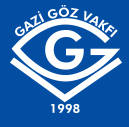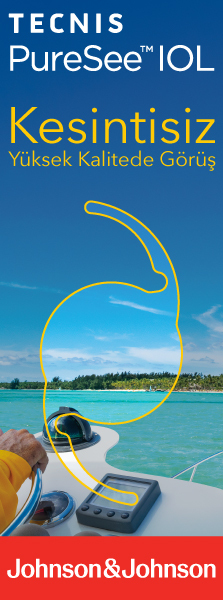Retina-Vitreous
2025 , Vol 34 , Num 2
Towards a Paradigm Shift with Generative Artificial Intelligence in Ophthalmology: Opportunities, Challenges, and Future Directions
Department of Ophthalmology, Bezmialem Vakif University, Istanbul, Türkiye
DOI :
10.37845/ret.vit.2025.34.13
Generative artificial intelligence (GenAI) is driving a major transformation in ophthalmology by employing models such as generative
adversarial networks, diffusion models and large language models (LLMs) to create novel yet realistic synthetic data. These systems,
including emerging architectures capable of modality conversion (such as text-to-image generation), provide a foundation for diverse
applications. Applications based on images encompass generation of synthetic ophthalmic images to augment data sets for rare conditions,
enhancement of image quality to improve clinical assessment, conversion between imaging modalities to reduce equipment costs, and
simulation of disease progression or prediction of post-treatment appearance to support surgical planning and patient counselling.
Concurrently, LLMs significantly influence clinical practice by supporting diagnostic workflows and differential diagnoses within
clinical decision support systems, assisting with patient triage, automating clinical documentation and reporting, and enhancing patient
communication and education through personalized, multilingual content. GenAI also shows promise in medical education and research
by facilitating the creation of diverse teaching materials and streamlining literature review, data analysis, and manuscript preparation.
However, successful deployment of GenAI requires careful attention to ethical, safety, and regulatory challenges, including model
reliability, data bias, patient privacy, and establishing clear legal frameworks and human oversight. Future developments are likely to
include truly multimodal systems that integrate the use of synthetic data sources, personlized medicine approaches, and expanded use
in tele-ophthalmology, together with the widespread adoption of purpose-specific custom-GPT models and exploration of agentic AI\'s
potential in ophthalmic practice, underscoring the crucial role of AI literate ophthalmologists in these emerging fields.
Keywords :
diffusion models, generative adversarial networks, generative artificial intelligence, large language models, synthetic data





